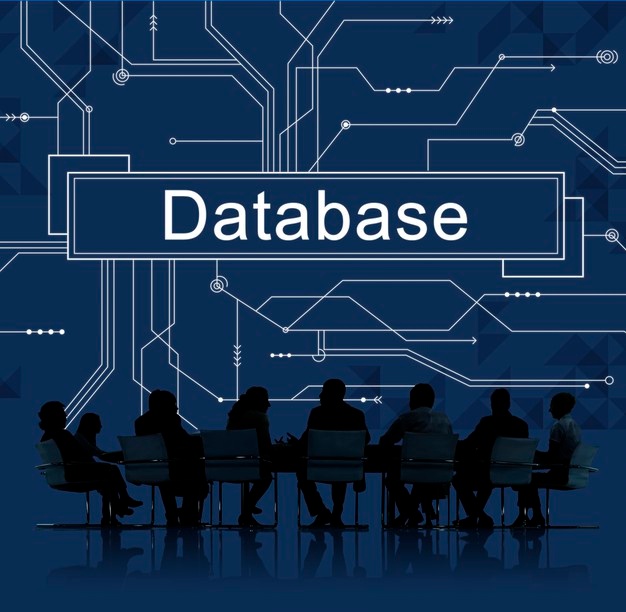MySQL is the most popular open source database on the market. As a result of its popularity, there are many open source client tools available for interacting with and managing MySQL environments. While there are advantages of open source client tools for MySQL, there are also significant limitations to consider.
Third-Party MySQL Client Tools
MySQL environments are complex entities that need to be monitored to ensure availability and optimal performance. Performing effective monitoring of MySQL database instances requires a third-party tool designed to address the features of the platform.
While generic monitoring tools are available, they often fall short of what data-driven enterprises require. Dedicated solutions for monitoring MySQL environments are far better suited to the task.
As with many types of applications, there are both commercial and open source monitoring solutions available. The allure of open source software, which usually comes at a much lower initial price than commercial alternatives, is attractive for organizations with stretched budgets. Decision-makers can’t be blamed for trying to provide an economical tool for an organization’s database team.
Why pay more for a product than you need to? Well despite the initial costs, commercial solutions are often more cost-efficient and effective in the long run.
Let’s look at some of the advantages of commercial MySQL monitoring tools over their open source counterparts.
Advantages of Commercial MySQL Monitoring Tools vs. Open Source
Cost in Time and Money
The cost of implementing and using a software solution cannot be judged simply on the application’s price. Indeed, many open-source tools do not require licensing fees to use. Obviously, this lowers the initial cost of deploying the solution, but there may be hidden costs associated with an open source application that quickly obliterate any projected savings.
In many cases, deploying and configuring an open source tool requires more time and effort than a commercial solution. This pulls team resources away from more productive work as they struggle to make the open source application address their needs. The additional time spent has a cost that can wind up making an open source product much more expensive than a commercial one.
Product Support
The expectations for a commercial MySQL monitoring product should include support from the vendor to assist in resolving problems in implementing and using the tool.
A reliable commercial software vendor will have multiple support options available which include contacting technicians by phone or email. When faced with a configuration problem or issues with getting the tool to work as advertised, a company needs to know they can reach out for help.
Open source solutions may offer support through forums or user groups where questions regarding the product are answered by other customers of the tool.
Companies may find this unacceptable, especially when up against an issue affecting business-critical systems. The benefits of commercial technical support can be a deciding factor when selecting a monitoring solution.
Features
Commercial products focused on a specific platform like MySQL usually offer more features than open source apps. A viable commercial monitoring application should be able to handle physical and virtual database instances, provide informative and customizable alerts, and generate reports on trends and usage patterns. Without these features, the value of the tool substantially decreases.
With an open source solution, you will likely get basic monitoring capabilities that require additional plugins to achieve the same level of functionality as with a commercial solution. Locating and installing these plugins costs more productive team time and may not produce the desired results.
Once again, the initial savings of an open source product might just be a mirage that ends up costing a company much more than anticipated.
Complexity and Ease-of-Use
The complexity and usability of a monitoring tool are indicators of how effective the tool will be in the hands of a database team. A commercial tool should have a well-defined roadmap to install, configure, and maintain the solution. It can also be more easily integrated with other installed software than an open source product.
Integrating an open source tool with an existing environment can require a substantial investment in time by the database team and system administrators. This time expenditure may be in vain, as the tool may never play nicely with other products in use by the organization.
A tool that is too complex to use efficiently will suffer from misuse, negating any potential gains accrued through monitoring the systems.
An Effective Commercial MySQL Monitoring Solution
SQL Diagnostic Manager for MySQL is a dedicated monitoring solution for MySQL and MariaDB systems. It provides an intuitive dashboard that allows DBAs to quickly identify problems in the MySQL environment. The tool lets teams monitor Amazon RDS, Azure Database, Google Cloud SQL, and Oracle Cloud Service as well as instances in on-premises data centers.
Over 600 predefined monitors and advisers are included in the tool that can be modified to meet business objectives. This MySQL monitoring solution detects problems proactively and generates alerts based on customizable thresholds.
It quickly identifies the queries that are locked or taking too much time to execute so they can be promptly addressed. The appropriate personnel can be notified via email or SMTP after which they can manage, accept, or dismiss monitored events.
SQL Diagnostic Manager for MySQL offers an API that allows the tool to be integrated with other enterprise software. It’s a great tool to centralize the monitoring of diverse MySQL environments in a single pane of glass for the support team.



